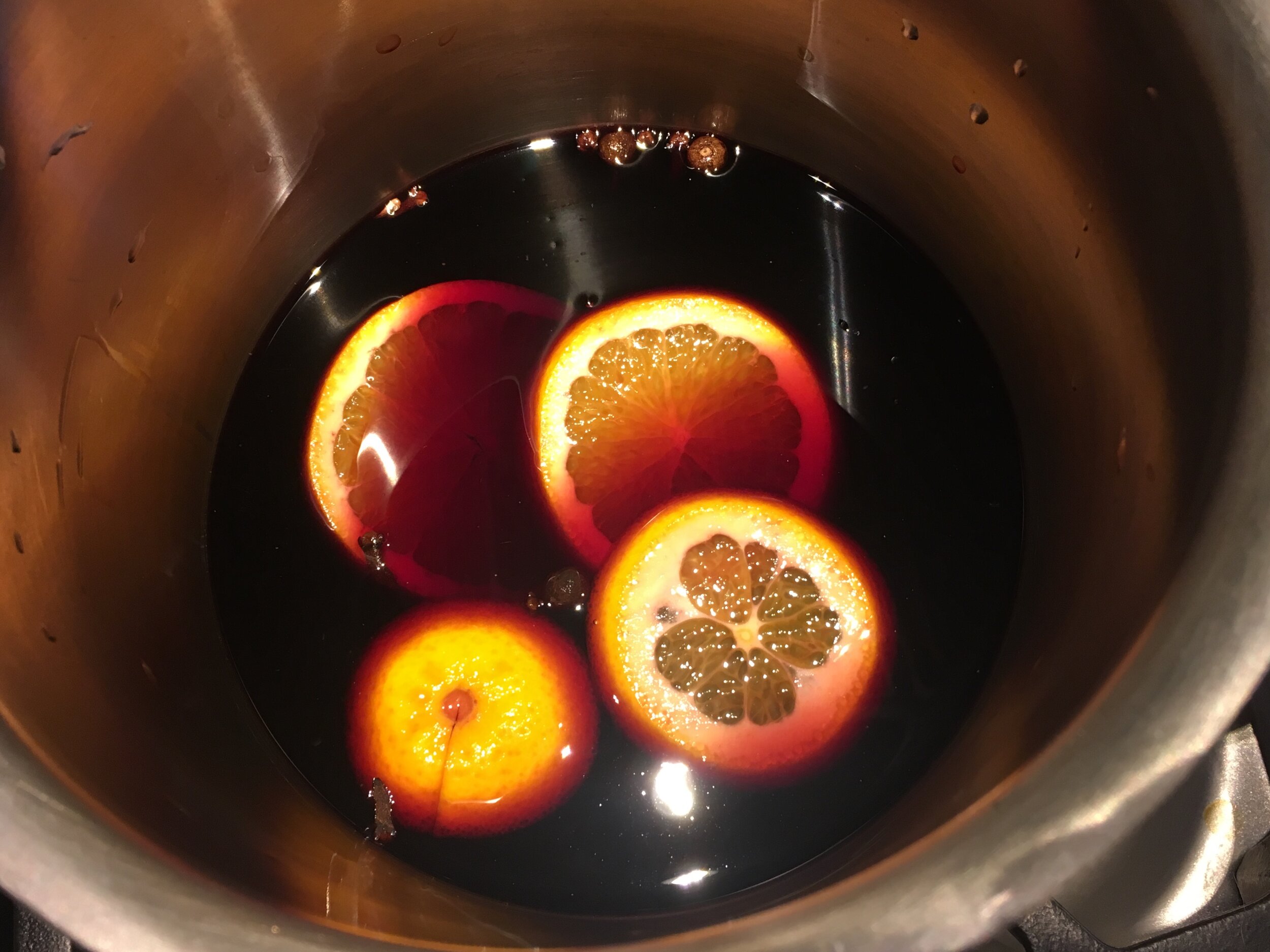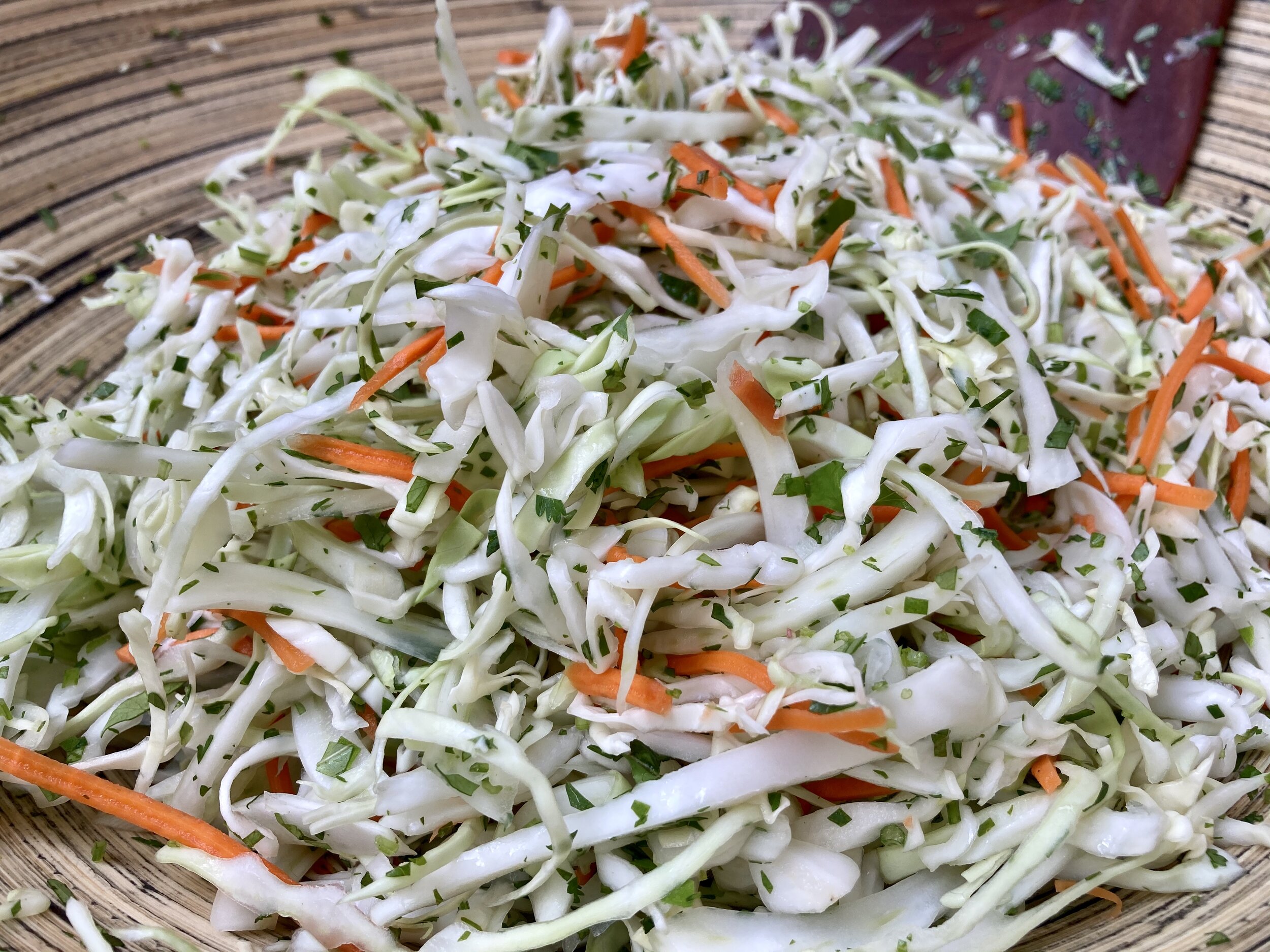What Do You Do with Leftover Wine?
Transform Unwanted Wine into a Magical Elixir
Whether you’re a modern-day Bacchus, a discerning connoisseur, or someone who rarely drinks, I bet you sometimes find yourself with leftover wine. Sometimes it’s because the bottle’s been open too long, lost in the fridge (or perhaps the backyard). Sometimes it’s because you just don’t like the wine. Sometimes it’s because you can’t fathom drinking more of it any time soon.
I’ve found myself in all of these situations at various times, so I devised a way to use up large quantities of unwanted wine that doesn’t involve dumping it down the drain. And, unlike most recipes for wine, it doesn’t even matter what kind of wine you have.
Through diligent and exhaustive testing, I’ve learned that this recipe works equally well with white wines, red wines, oaky wines, unoaked wines, tannic wines, soft wines, big wines, lights wines, cheap wines, expensive wines, and wines that have been open for weeks . . . in virtually any combination. I almost always make my own “special cuvée” blend for this recipe, and while I haven’t (yet) combined white and red in the same batch, I am certain it would also be delicious.
Why? Because this recipe transforms whatever you’ve got into a spicy, citrusy, restorative tonic – ideal for festive winter gatherings and cozy homebody nights alike.
Just add wine. Any wine.
Alchemy in progress. . . .
I call it Winter Tonic for Health (WTH) because it seems to relieve the symptoms of adult colds and sore throats, and it goes down real easy. It even tastes good cold. If you have kumquats, or tangerines, or some other kind of fragrant citrus, feel free to use it in place of the orange. Regardless of what you use, I recommend seeking out organic, untreated versions, since you’re steeping the rind and will wind up ingesting whatever was on there. The recipe doubles perfectly, and if there’s any left, you can put it in an airtight container in the fridge and enjoy it for weeks to come.
One small, final reason I love this recipe: it’s also an awesome way to use up all that grainy honey hanging out in your pantry.
Whole star anise and cinnamon sticks make great garnishes, too.
Winter Tonic for Health (WTH)
Serves 4-6
About 3 cups of leftover wine (1 standard 750-mL bottle, give or take)
6 whole cloves
1 whole cinnamon stick
3 whole allspice berries
½ navel orange (untreated, and preferably organic)
1 knob of fresh ginger, about 2 inches long
3-4 Tbsp honey (crusty and crystallized works great)
¼ cup Cognac or other brandy
A few thin slices of citrus to garnish (save some of whatever you used above)
Heat it.
Put the wine and all the whole spices in a pot big enough to hold it, and start heating it over medium-low heat.
Wash the orange well, and cut half of it into thick slices. Add the slices to the pot. Save the other half of the orange to use for garnish – as smaller slices, as a twist, or however you like.
Wash the ginger well, and scrape or cut off any dirty parts. Slice the ginger thinly, and add it to the pot along with 3 tablespoons of the honey. Stir to dissolve the honey.
Heat the wine until it’s just starting to simmer, then immediately turn off the stove, cover the pot, and let it steep for an hour – or however long you have. The longer, the spicier. (I like to leave it a few hours or even overnight if I can, but usually take out the citrus after an hour so the flavor doesn’t get too overpowering.)
Dose it.
When you’re ready to serve it forth, scoop out any yucky-looking aromatics, warm up the wine again until it’s hot, and stir in the cognac. Taste it – do you want it sweeter? If so, add more honey and stir to dissolve.
Serve it.
Ladle or pour off the WTH into heat-proof glasses (leaving the aromatics behind) and garnish with the citrus slices. Or cinnamon sticks. Or whatever you like.














